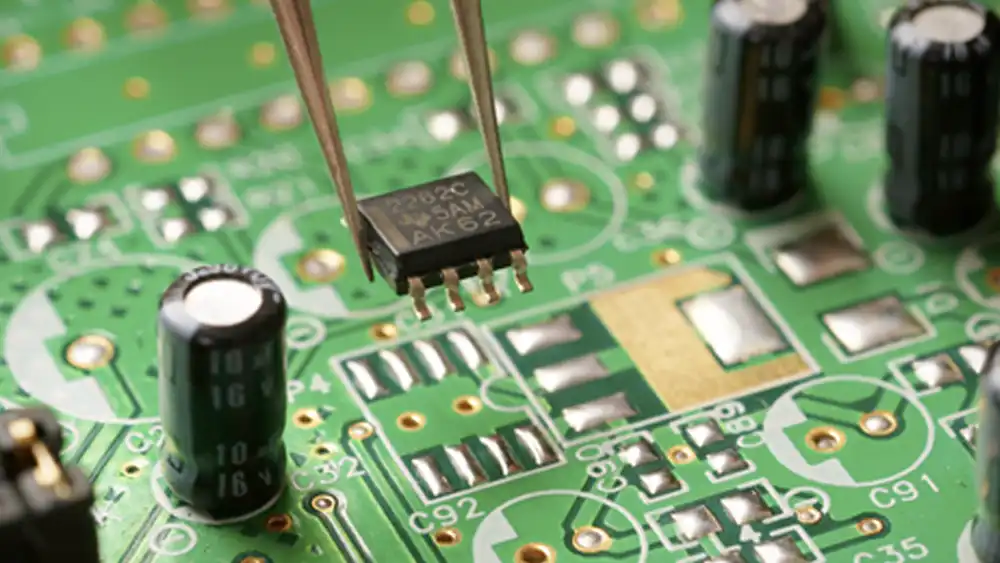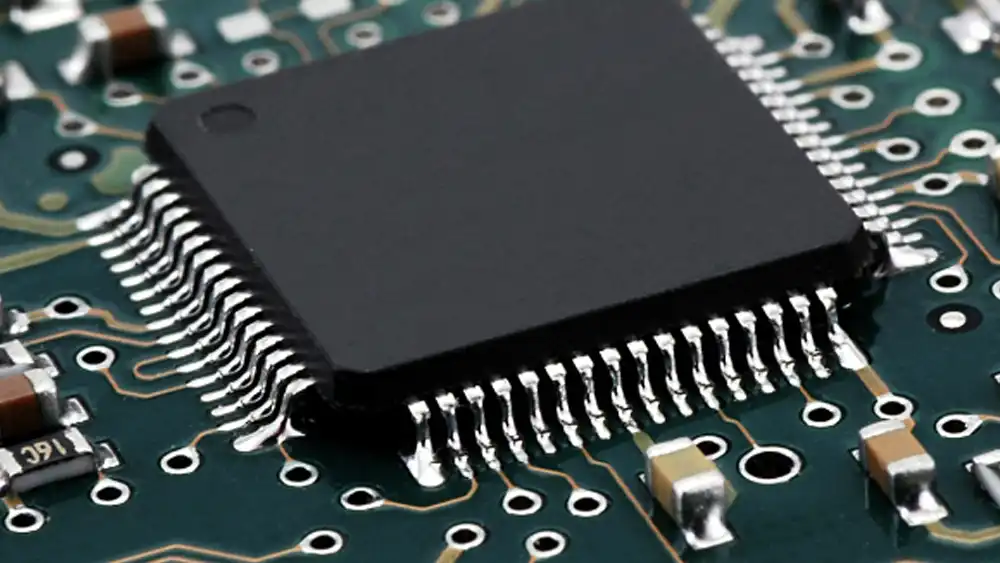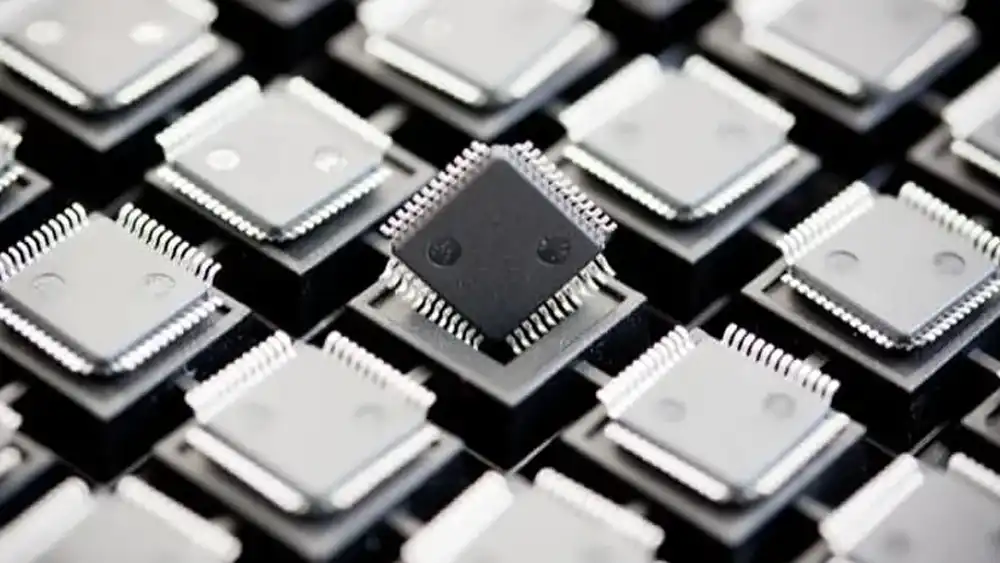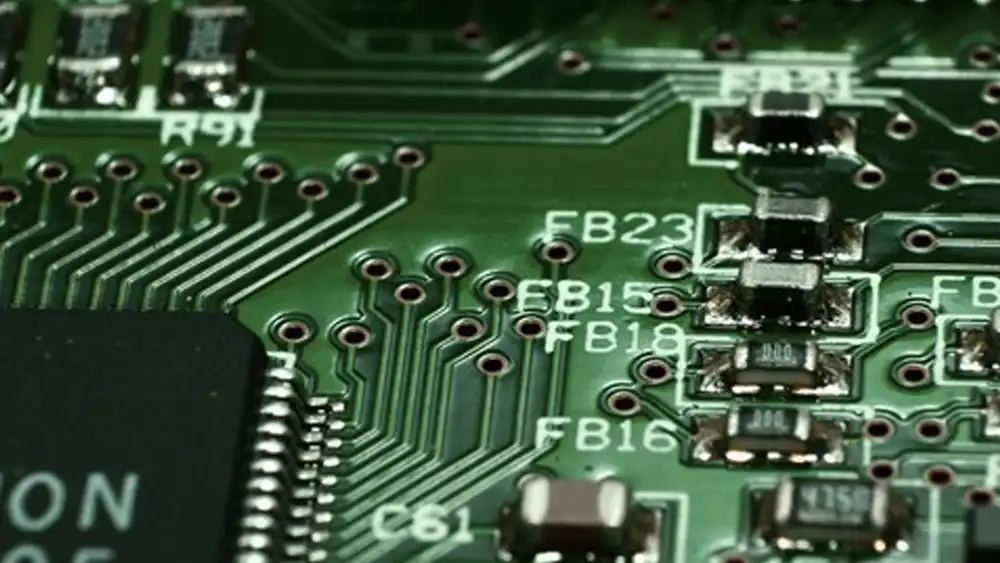Integrated circuits (ICs) are at the heart of modern electronics, enabling complex functionalities in devices from smartphones to industrial machinery. Programming an integrated circuit involves writing code that instructs the IC on how to perform its tasks.
This article will guide you through the process of programming an IC, explaining the types of programmable ICs, tools required, and steps involved in the programming process.
What Are Integrated Circuits
Integrated circuits are essential components in almost every electronic device. They can be designed to perform specific functions or be programmable to execute various tasks.
Programming an integrated circuit involves creating a set of instructions that the IC will follow to perform its functions. This process requires a combination of hardware and software tools, along with a good understanding of the IC’s architecture and capabilities.
Integrated Circuit Programming

Integrated Circuit (IC) programming refers to the process of creating, uploading, and testing software code that directs the operations of an integrated circuit within an electronic device.
Integrated circuits, often referred to as microchips or simply chips, are essential components in modern electronics, providing the logic and processing capabilities needed for various applications. Programming these ICs involves a combination of hardware and software tools and requires an understanding of both the circuit’s architecture and the application’s requirements.
Types of Programmable Integrated Circuits

Programmable integrated circuits can be classified into several categories based on their functionality and programmability:
- Microcontrollers (MCUs): These are small computers on a single chip, with a CPU, memory, and input/output peripherals. They are commonly used in embedded systems.
- Field-Programmable Gate Arrays (FPGAs): These ICs can be configured by the user to perform a wide range of digital logic functions. They are highly flexible and can be reprogrammed multiple times.
- Application-Specific Integrated Circuits (ASICs): While ASICs are typically custom-designed for specific applications, some include programmable elements that allow for limited post-manufacturing modifications.
- Programmable Logic Devices (PLDs): These are a family of ICs that include FPGAs and Complex Programmable Logic Devices (CPLDs). They are used for implementing custom logic circuits.
Required Tools and Software
To program an integrated circuit, you will need the following tools and software:
- Development Board: A board that houses the IC and provides connections for programming and testing.
- Programmer/Debugger: A device that interfaces between the development computer and the IC, allowing code to be uploaded and debugging to be performed.
- Integrated Development Environment (IDE): Software that provides tools for writing, compiling, and debugging code. Examples include Arduino IDE for microcontrollers and Xilinx Vivado for FPGAs.
- Compiler: A tool that converts the written code into machine code that the IC can execute.
Integrated Circuit Programming Language

The choice of programming language depends on the type of IC and its intended application. Common languages include:
- C/C++: Widely used for microcontrollers and embedded systems due to their efficiency and control over hardware.
- VHDL/Verilog: Hardware description languages used for programming FPGAs and designing digital logic circuits.
- Assembly Language: Low-level programming language used for direct control of hardware, often used in performance-critical applications.
How to Programming an Integrated Circuit

Step 1: Selecting the IC
Choose an integrated circuit that meets the requirements of your project. Consider factors such as processing power, memory, input/output capabilities, and power consumption.
Step 2: Setting Up the Development Environment
Install the necessary software tools, including the IDE, compiler, and any drivers required for the programmer/debugger. Connect the development board to your computer.
Step 3: Writing the Code
Develop the code that will run on the IC. This involves writing instructions in the appropriate programming language to perform the desired tasks. Use the IDE to create and manage your code files.
Step 4: Compiling the Code
Compile the code to convert it into machine code that the IC can understand. The IDE will typically provide tools to compile and check for errors in your code.
Step 5: Uploading the Code to the IC
Use the programmer/debugger to upload the compiled code to the IC. This process may vary depending on the type of IC and the development tools being used.
Step 6: Testing and Debugging
Test the programmed IC to ensure it performs as expected. Use the debugger to identify and fix any issues in the code. Iteratively refine the code and re-upload as necessary.
Common Challenges and Troubleshooting
Programming integrated circuits can present several challenges, including:
- Hardware Compatibility: Ensuring the development board and programmer are compatible with the IC.
- Code Errors: Identifying and resolving syntax and logic errors in the code.
- Communication Issues: Troubleshooting connection problems between the development computer and the IC.
- Resource Limitations: Managing limited memory and processing power on microcontrollers.
Best Practices for IC Programming
- Modular Code: Write modular code with functions and libraries to simplify debugging and reuse.
- Documentation: Document your code and hardware setup to facilitate troubleshooting and future development.
- Testing: Perform thorough testing under various conditions to ensure reliability.
- Version Control: Use version control systems like Git to manage changes and collaborate with others.
Conclusion
Programming integrated circuits is a vital skill in modern electronics, enabling the customization and optimization of devices for specific applications. By understanding the types of programmable ICs, using the right tools and software, and following a systematic programming process, you can effectively develop and deploy integrated circuits in a wide range of projects.
Get a Quote for Wholesale Integrated Circuits
Are you looking for high-quality integrated circuits for your next project or production run? Contact us today to get a quote and discover how our premium ICs can meet your needs. Whether you need microcontrollers, FPGAs, or custom ASICs, we provide reliable and cost-effective solutions for your electronic component requirements.




















